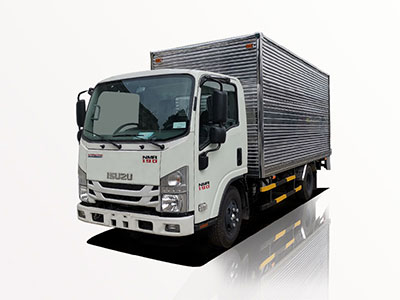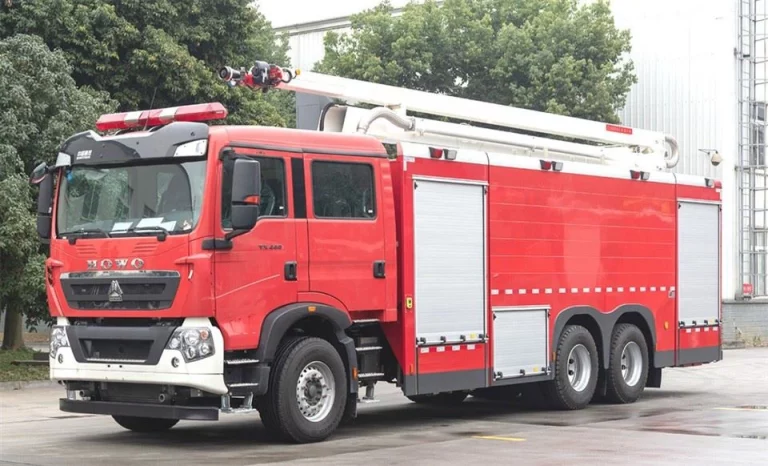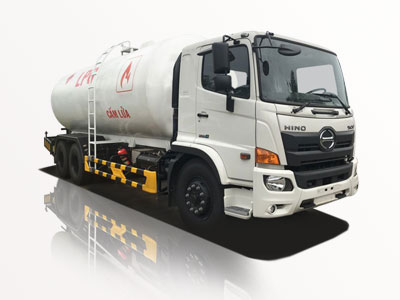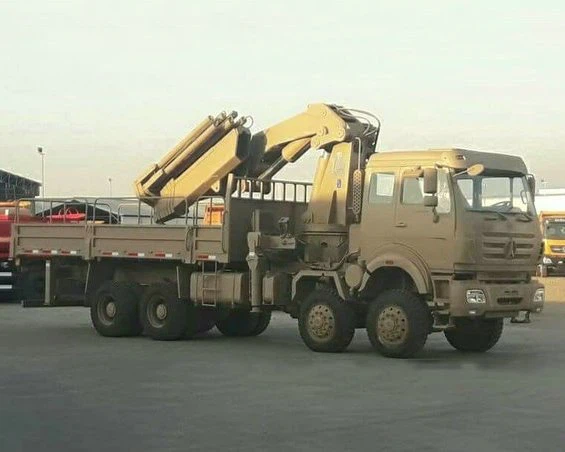Introduction
When shopping for a pickup truck, the term “extended cab” often comes up, leaving many potential buyers wondering about its specific meaning and benefits. An extended cab refers to a type of vehicle configuration that provides additional rear passenger space compared to a standard cab. This article aims to explore everything you need to know about extended cabs, including their features, advantages, disadvantages, comparisons to other cab types, and much more. By the end of this guide, you’ll not only grasp the definition of an extended cab but also gain insights into whether it’s the right choice for your needs.
Understanding Extended Cabs
What is an Extended Cab?
An extended cab is a variant of pickup truck cab styles designed to provide extra space behind the front seats. Typically, this configuration includes two rows of seating: the front row for the driver and passenger, and a second row that can accommodate additional passengers or be used for storage. The additional space in an extended cab is often created by extending the cab’s length, leading to a larger rear seat area than a standard cab.
History of Extended Cabs
The concept of extended cabs gained popularity in the 1980s and 1990s, evolving from the need for more versatility in pickup trucks. Traditional trucks often included only a two-door standard cab, which limited passenger capacity. As lifestyles changed and the demand for family-friendly vehicles grew, manufacturers started producing extended cabs to meet these new needs.
Key Features of Extended Cabs
Seating Capacity
One of the primary features of an extended cab is its increased seating capacity. Most extended cabs can typically seat up to five or six passengers, depending on the model. This feature makes them attractive for families and individuals who need to transport more than just one or two people.
Rear Seating Arrangement
The rear seating in an extended cab usually differs from that of a full-size cab. While some designs feature a full rear seat that can comfortably accommodate adults, others may have jump seats that are suitable for children or shorter trips.
Accessing the Rear Seats
In many extended cab models, accessing the rear seats can be done via rear-hinged doors, also known as “suicide doors,” which open backward. Some newer models have incorporated four full-sized doors, making access to both front and rear seats easier. Understanding the accessibility of the rear seats can play a vital role when evaluating options based on your needs.
Advantages of Extended Cabs
More Cargo and Passenger Space
Extended cabs provide a larger interior space that is ideal for those who require additional storage or seating. Whether you need to take your family on a trip or haul tools for work, the extra space makes a significant difference.
Versatility
The versatility of an extended cab is another benefit. With both rear seating and cargo space, you can easily adapt the truck for different uses, whether it’s for personal leisure, work, or family outings.
Affordability
Extended cabs tend to be more affordable than their full-size cab counterparts while still providing substantial space. This balance makes them an attractive option for budget-conscious consumers who don’t want to sacrifice utility.
Disadvantages of Extended Cabs
Limited Space Compared to Full Cabs
While extended cabs offer more space than standard cabs, they still fall short of the spaciousness of full cabs. If you frequently transport large groups or require maximum comfort for rear passengers, a full cab might be necessary.
Less Cargo Bed Length
The extension of the cab can sometimes reduce the length of the cargo bed, which may be a drawback if you need to haul larger items. Evaluating how you plan to use the truck can help determine whether this trade-off is acceptable.
Comparisons with Other Cab Types
Extended Cab vs. Standard Cab
The primary difference between an extended cab and a standard cab is the amount of rear seating available. A standard cab generally only has two front seats, while extended cabs can accommodate more passengers. Extended cabs also provide additional interior storage versus standard cabs.
Extended Cab vs. Crew Cab
Crew cabs feature four full-sized doors and often provide the most comfortable rear seating arrangements for adult passengers. While extended cabs have a little less room for rear passengers, they still offer more space than standard cabs. If you prioritize rear passenger comfort, consider a crew cab.
Choosing the Right Extended Cab for Your Needs
Assessing Your Passenger and Cargo Needs
Before purchasing an extended cab, it’s important to consider how many passengers you’ll typically carry and what type of cargo you need to haul. Make a list of your primary uses for the truck to guide your decision.
Test Drives and Features
Test driving various extended cab models can help you find the most comfortable seating and best layout for your needs. Pay attention to features like rear access, seat comfort, and how easy it is to load cargo.
Researching Safety Ratings
Safety is a crucial consideration when purchasing any vehicle. Look into safety ratings and features offered in the extended cab model you’re interested in. Features such as airbag placement, rear-view cameras, and stability control can enhance safety for everyone onboard.
Practical Examples and Tips
| Use Case | Recommended Cab Type | Comments |
|---|---|---|
| Family Outings | Extended Cab | Offers more flexibility for seats and cargo. |
| Work Vehicle for Contractors | Crew Cab | Provides comfort for multiple crew members. |
| Occasional Tool Hauling | Extended Cab | Good balance of interior space and bed length. |
| Daily Driver with Light Cargo | Standard Cab | Most cost-effective option if cargo isn’t a priority. |
FAQ Section
1. What is the difference between an extended cab and a regular cab?
An extended cab typically has an additional row of seating and extra space compared to a regular cab, which usually only seats two with no rear seat area.
2. Can an extended cab fit adult passengers comfortably?
It can fit adult passengers, but comfort may vary based on the model and rear seating layout. Always test the space if carrying adults frequently is a concern.
3. Are extended cabs as safe as other cab types?
Safety depends on the model and features. Many modern extended cabs include advanced safety features to keep passengers safe.
4. Is an extended cab a good choice for families?
An extended cab is often a solid choice for families, offering extra seating and interior space without the size and cost of a full cab.
5. What are some common models with extended cab options?
Popular models with extended cab configurations include the Ford F-150, Chevrolet Silverado, and Toyota Tacoma.
6. Can the rear seats in an extended cab be used as storage?
Yes, the rear seat area can often be folded down or used for storage, making an extended cab versatile for various needs.



